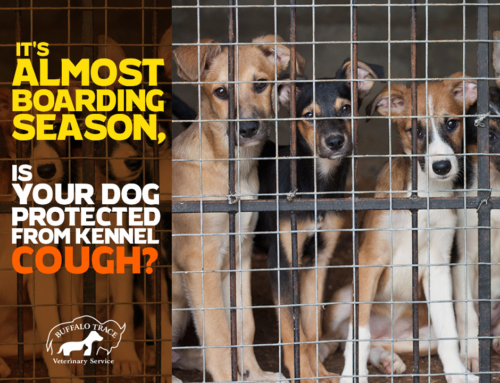Leptospirosis, or “Lepto” is among the most common bacterial disease that affects dogs. The disease is also known to affect humans and other animals as well.
Symptoms of Canine Leptospirosis
Symptoms of leptospirosis in dogs may vary, ranging from being non-existent to deadly. Dogs that show no symptoms have what in medical jargon is termed as subclinical infection. Obvious symptoms of the infection may include some or all of the following symptoms:
• High body temperature
• Severe dehydration
• Diarrhea with traces of blood
• Loss of appetite
• Excessive thirst
• Signs of depression
• Shivers
• Vomiting
• Joint pain and muscle tenderness
• Hampered mobility due to extreme pain
In some cases when the infection is severe, a canine may develop hypothermia or suffer from kidney and liver failure too. Additionally, there is yellowness of the eyes, caused by jaundice. Any of these indications require immediate medical attention.
Prevention of Leptospirosis in Dogs
Certain precautionary measures can significantly reduce the probability of a dog becoming infected by the leptospira bacterium. Leptospira bacteria thrives in moist regions and dogs are more susceptible to the infections during warmer months when the bacteria is most active. A few stringent steps during these times of the year can be effective in avoiding the condition.
Here is a lowdown on preventive steps that can be taken to keep your canine friend protected from the disease.
1. Prevent dogs from drinking from stagnant pools of water, such as ponds and puddles.
2. Keep dogs from wading through stagnant water, drainage dumps and waterways.
3. Keep your garden and backyard clean, free from fallen fruits or garbage that might draw wild animals, which can transfer the bacteria to your dog.
4. Improve drainage around your property, so it is not constantly moist.
5. Prune shrubbery that might attract mice and rats.
6. Consider the option of vaccine as a pre-emptive measure.
Treatment of Leptospirosis
A dog that show any of the symptoms listed above needs to be taken to a vet immediately to establish whether it is inflicted with the disease. If a pet is shown to have Leptospirosis, it is vital that treatment is started at the earliest to improve its chances of a quick and complete recovery. Timely diagnosis and treatment significantly heightens the cure rate.
Vaccines for Leptospirosis
Dogs can also be vaccinated against leptospirosis, as a preventive method. However, vaccines exist only for certain types of Leptospira bacterium; not all. A vaccinated dog remains vulnerable to certain strains of the Leptospira bacterium. Dogs need to be vaccinated annually; but some vets may recommend more frequent shots for better protection.
Ask us, at Buffalo Trace Veterinary Service, if the Leptospirosis vaccine may be a preventative measure your pet would benefit from.
Image credit: Vampirica | Thinkstock.com





